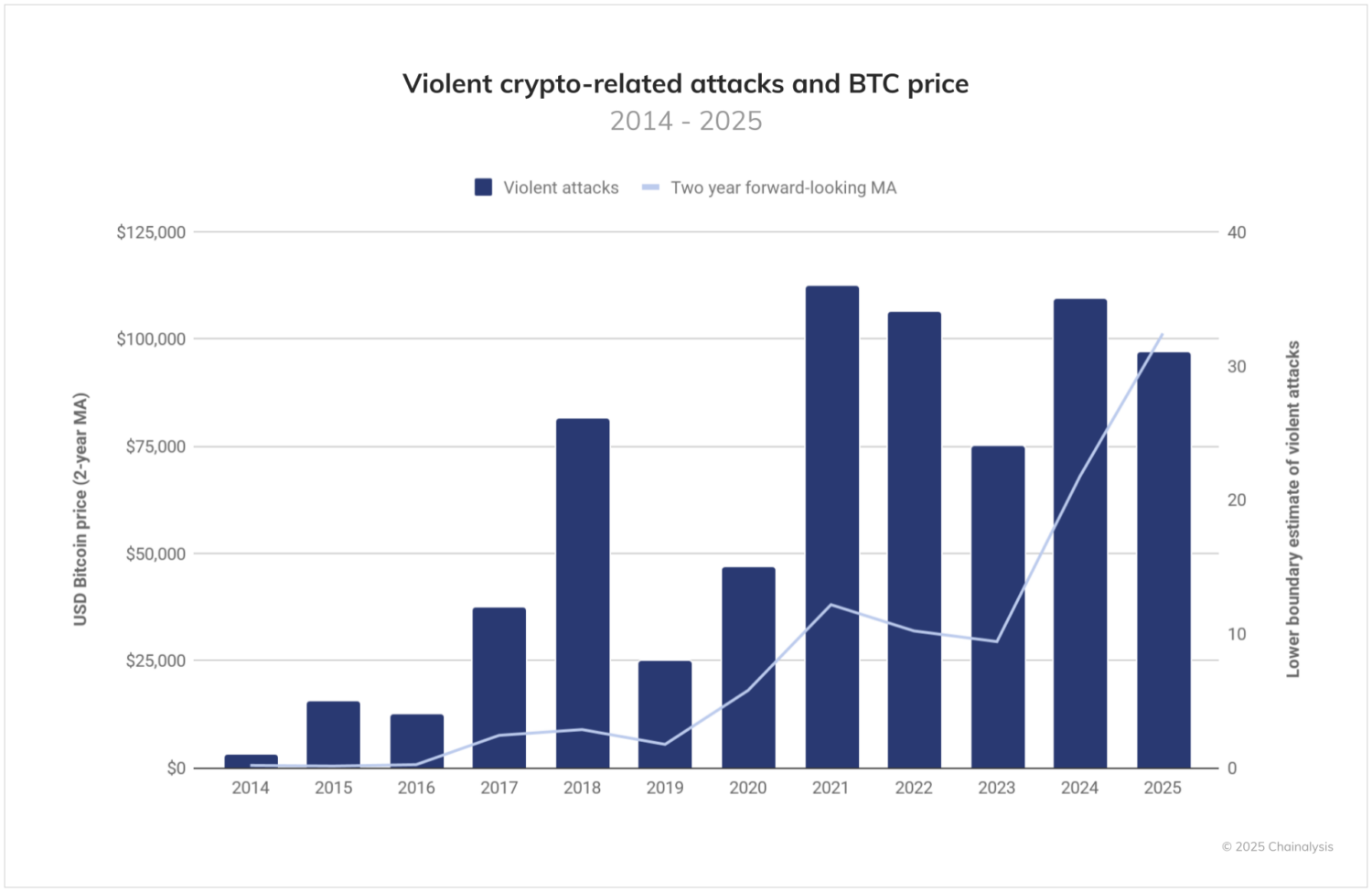As both organizations and prospective employees increasingly evaluate dynamics around compensation, improving pay equity is becoming a key focal point in the ever-critical hiring process.
On one hand, pay is a major priority for job candidates in their decision-making process. Meanwhile, HR leaders see pay equity as a major opportunity for organizations to distinguish themselves from the rest of the pack by offering competitive packages and equitable compensation.
Pay equity refers to fair and consistent compensation of employees based on their skills, qualifications, responsibilities and performance regardless of gender, race, ethnicity, age or other characteristics. The hiring process is one of the most influential drivers of pay equity, as this is when leadership designs the role, sets the title and level of the role, and determines the salary range, incentive targets, hiring bonus, retention bonus and obviously the actual compensation offer.
Improving pay equity is increasing in importance to organizations, driven by a combination of economic, regulatory, political and social concerns. Many organizations initially began pay equity assessments to evaluate risk relative to pay differences across gender and race/ethnicity groups. More recently, organizations have become more concerned with pay equity across employee experience, skill and performance groups. Supply and demand imbalances in the market have frequently resulted in “pay leapfrogging” between recently hired employees who haven’t proven themselves and longer-tenured and more highly skilled employees.
Compensation usually cannot be decreased for hiring mistakes, and there is often pressure to increase compensation for those employees “disadvantaged” by internal equity missteps. Quite often, these longer-tenured, higher-performing employees become the outliers to be remediated in pay equity management.
HR leaders with whom we work have shared that they’re hearing “the quickest way for an employee to increase their pay around here is to quit and re-apply for the same job.”

For all the considerations around compensation, HR leaders will need to strike a balance between addressing pay equity in the hiring process and mitigating any risks associated with their assessments. While having a clear strategy is important, it’s just as significant to understand how pay equity can evolve with candidates’ expectations of the organizations where they pursue employment opportunities.
Our recommendations on how to improve pay equity management in the hiring process include the following focus areas for HR leaders and organizations to consider as they refine their approaches.
Establish clarity and governance in the hiring process
It is important to establish the boundaries of discretion between parties involved in the hiring process to ensure clarity of roles. This includes each stakeholder respecting the authority and expertise of the other stakeholders and avoiding interfering or overruling their decisions without legitimate business rationale.
Job designs, titles and grades
Clarity about the design and responsibilities, competencies, title and grade of the posted role should be determined before the hiring process begins—not during it. Flexing the job design, title or salary range relative to the quality of candidates who are interviewed can lead to pay inequity and inconsistency. This flexing will also increase the risks of adverse impact allegations and potential legal challenges from candidates or employees.
Learn how organizations are improving pay equity to drive culture transformation at HRE’s upcoming EPIC Conference, April 24-26, in Las Vegas. Click here to register.
Salary ranges
The salary range for the posted role relates to the compensation information that is publicly available to potential candidates and the internal talent market about the job opportunity. This follows alignment on the design, total and level of the job before the hiring process, as it could impact how the employer constructs the hiring process even before approaching candidates (different levels have different assessment strategies).
Degree of transparency
Transparency has become critical given the changing U.S. and European regulatory landscape, which is mandating transparency in salary ranges for both internal and external job candidates. Key aspects that need to be considered include degree of transparency in the posted job and salary range, as well as in other key aspects of reward program management, such as the reward strategy, employer value proposition, benefits and perquisites, reward FAQs, sign-on bonus and retention bonus.
Evaluate program effectiveness
Organizations should regularly measure and analyze pay equity outcomes across key employee groups, including by protected class groupings (e.g., gender, race/ethnicity, age) and other employee groups (e.g., skills, experience, functions). Dimensions that should be considered in this review include:
- Pay equity metrics and indicators: unadjusted (aggregate) pay equity gaps by key demographic groups, adjusted (like-for-like) pay equity gaps by group and longitudinal (over time) assessment of gaps
- Hiring process drivers: role definitions, job titles, job levels, new hire ranges, balance of guidance/structure and management discretion in new hire offers
- Other pay equity drivers: market benchmarking, performance management linkages, management capability, off-cycle pay treatments and management discretion in pay decisions
- Pay equity perceptions: perception of fairness and equity in reward, performance and engagement for all employees and by demographic groups; onboarding feedback; candidate feedback; exit surveys; subject matter expert feedback; center of excellence feedback; and leader feedback
A thoughtful approach to pay equity during the hiring process will prevent future HR headaches. Evaluating this process in an ongoing manner also positions the organization in a way that will retain current employees while helping employers remain competitive in the talent marketplace.
Credit: Source link










